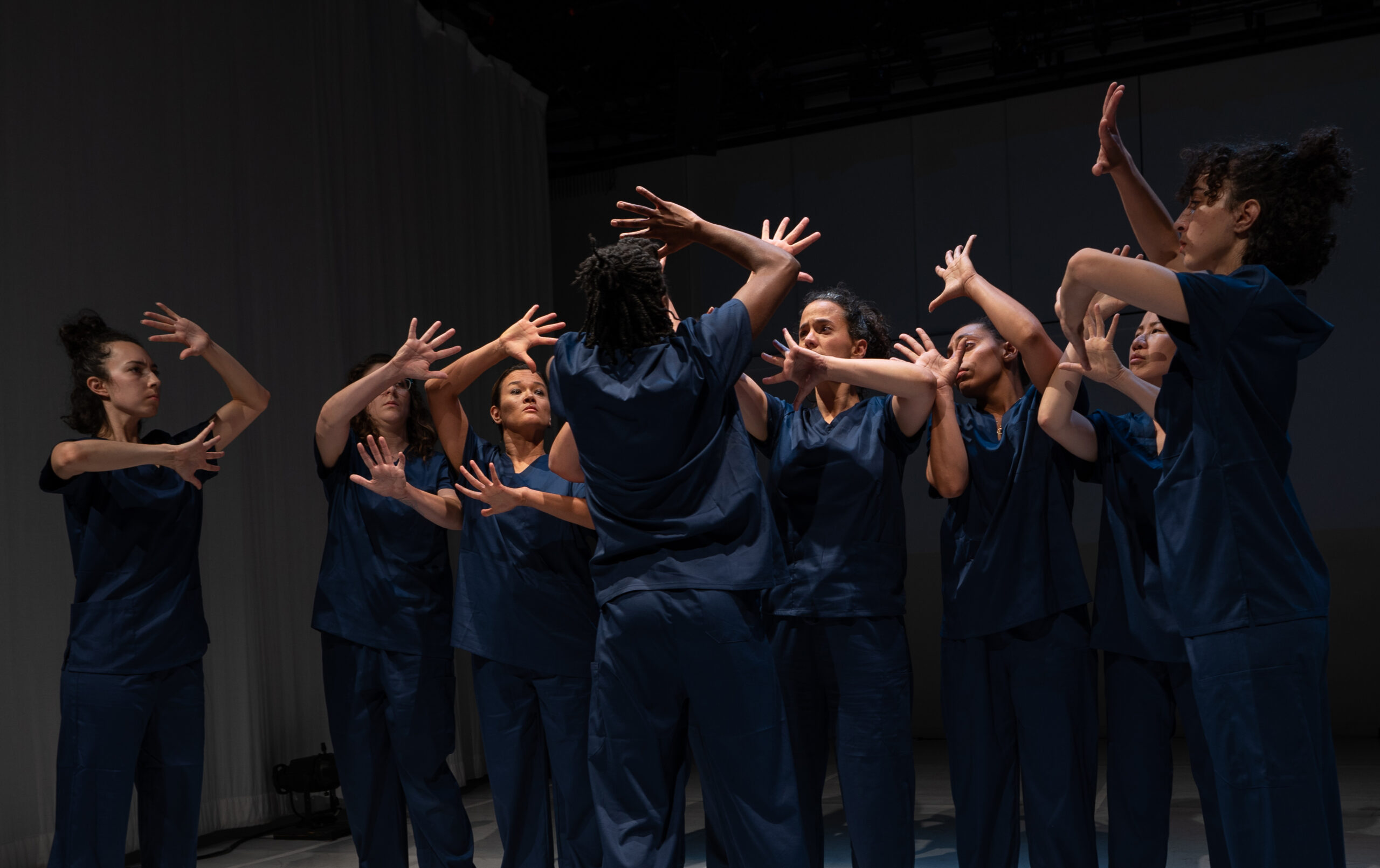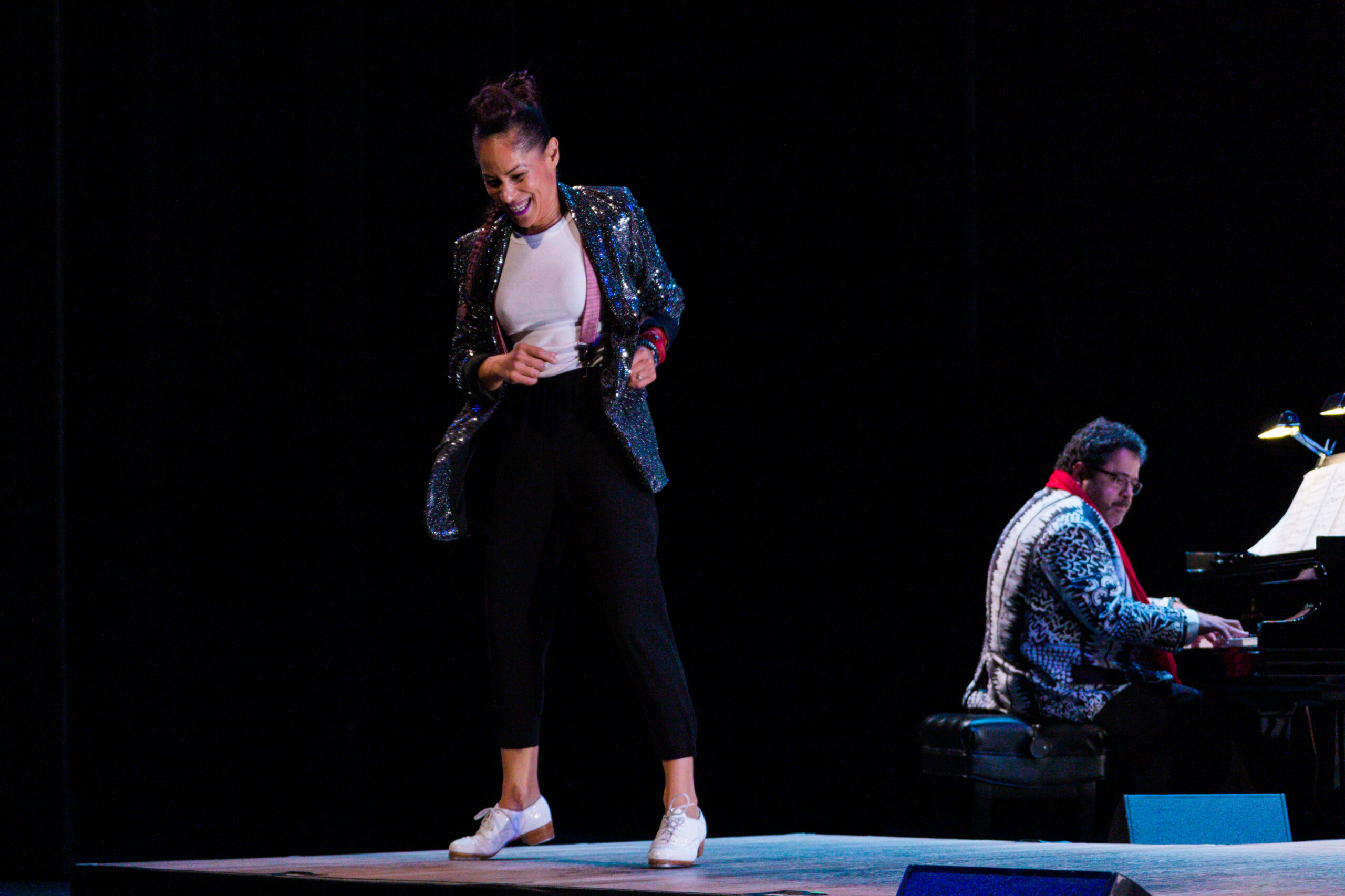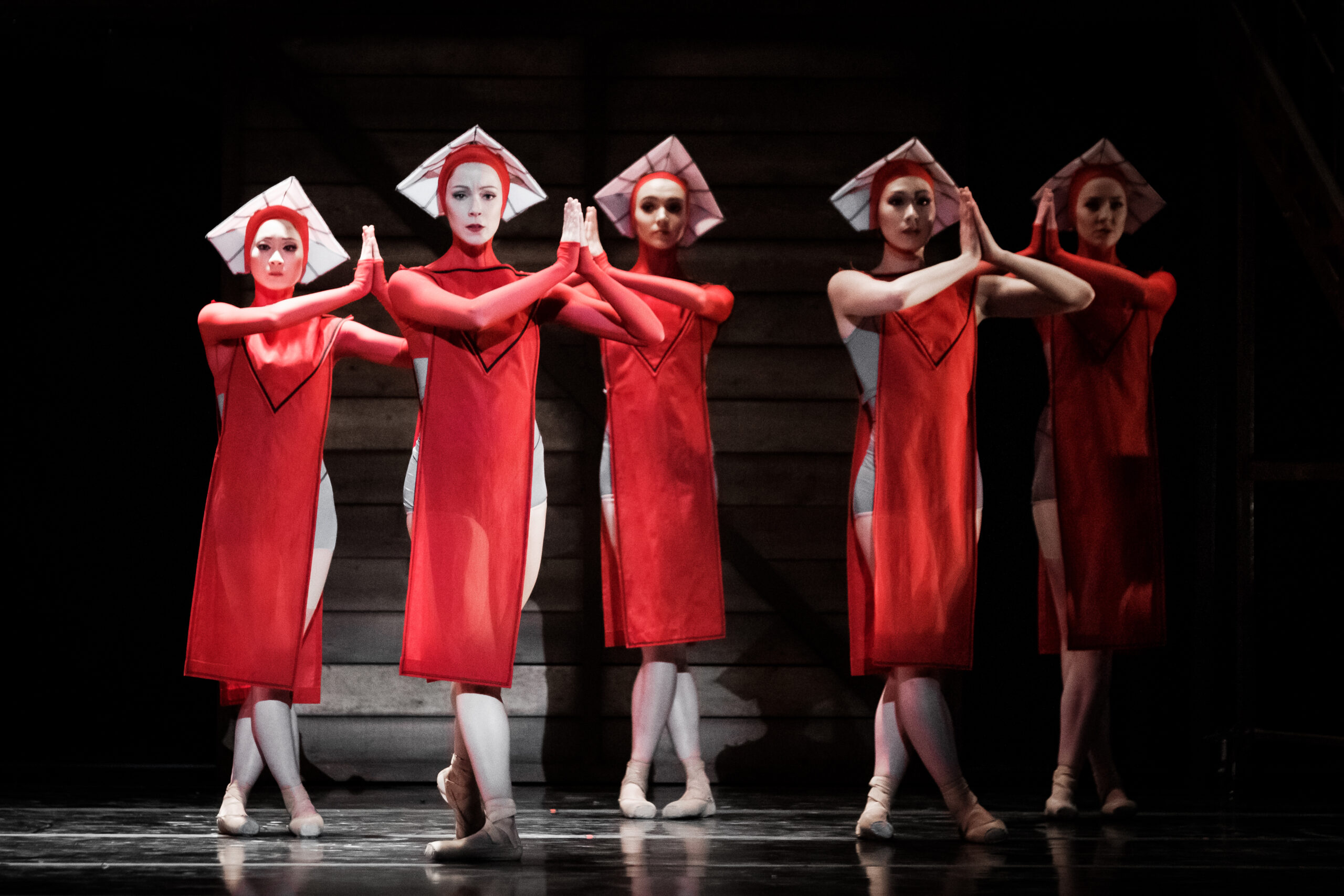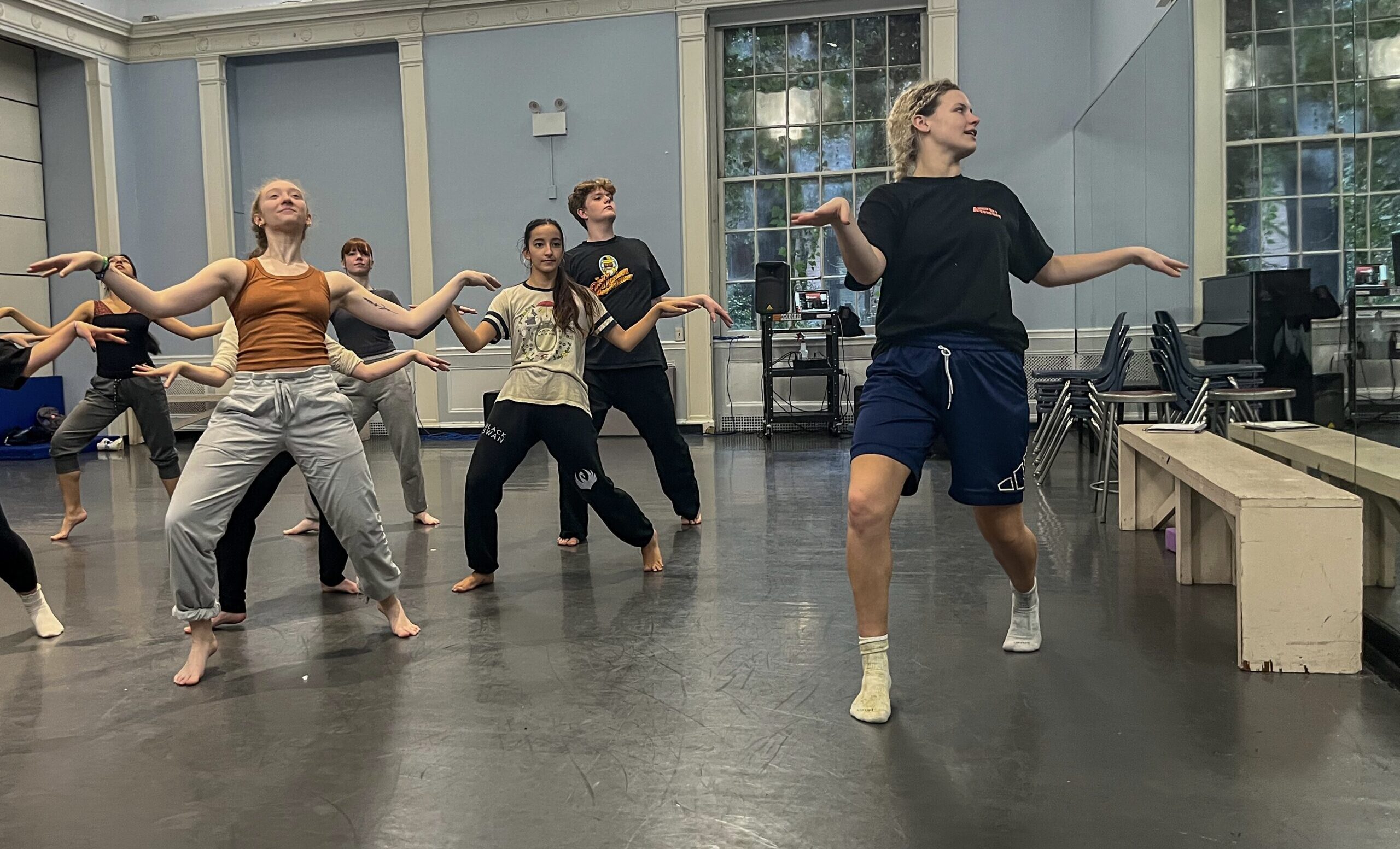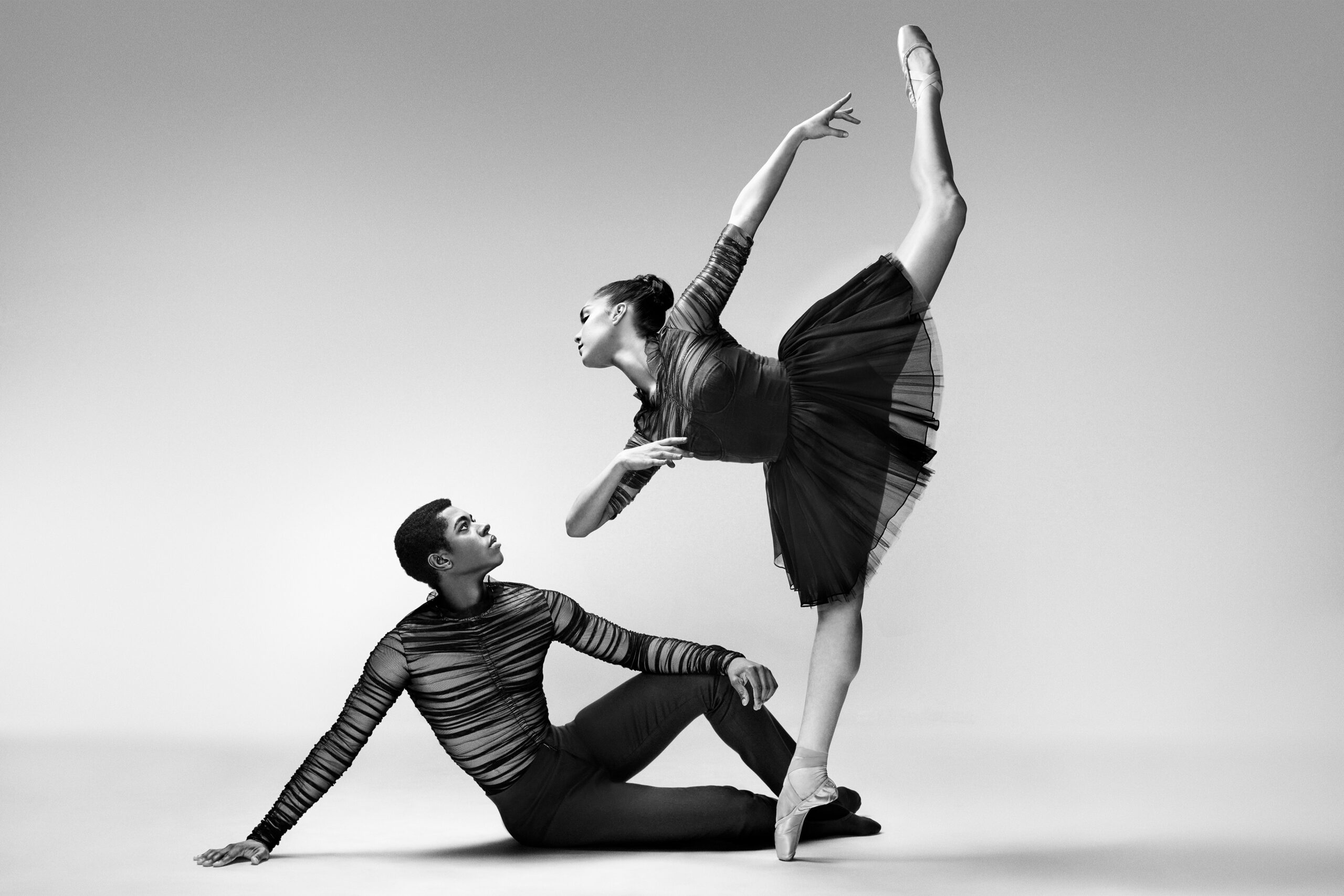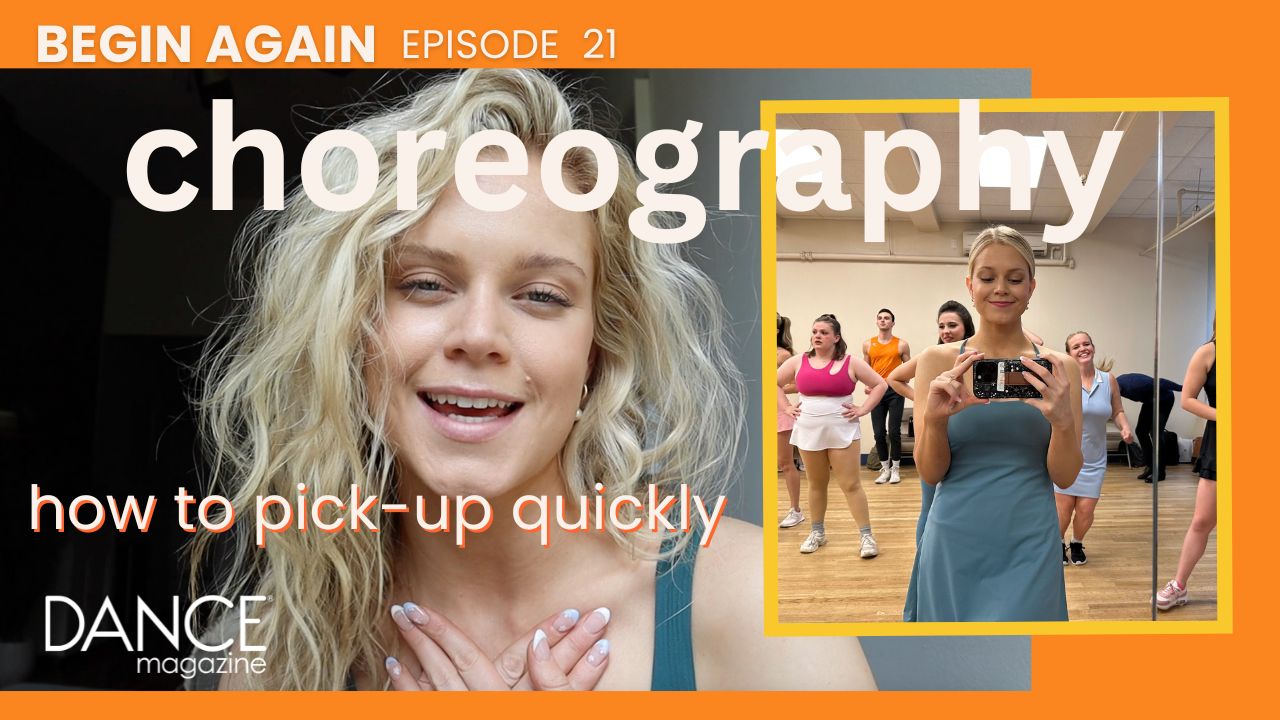How to Thoughtfully Incorporate Acrobatics Into Competition Routines
Many of today’s versatile competitive dancers can highlight a choreographic phrase with a thrilling tumbling pass, kip-up, or aerial. But when it comes to acrobatics in competition routines, there’s a fine line between a captivating performance and a highlight reel of tricks. Finding the sweet spot between demonstrating a dancer’s skill and entertaining an audience—and the judges—is key.


